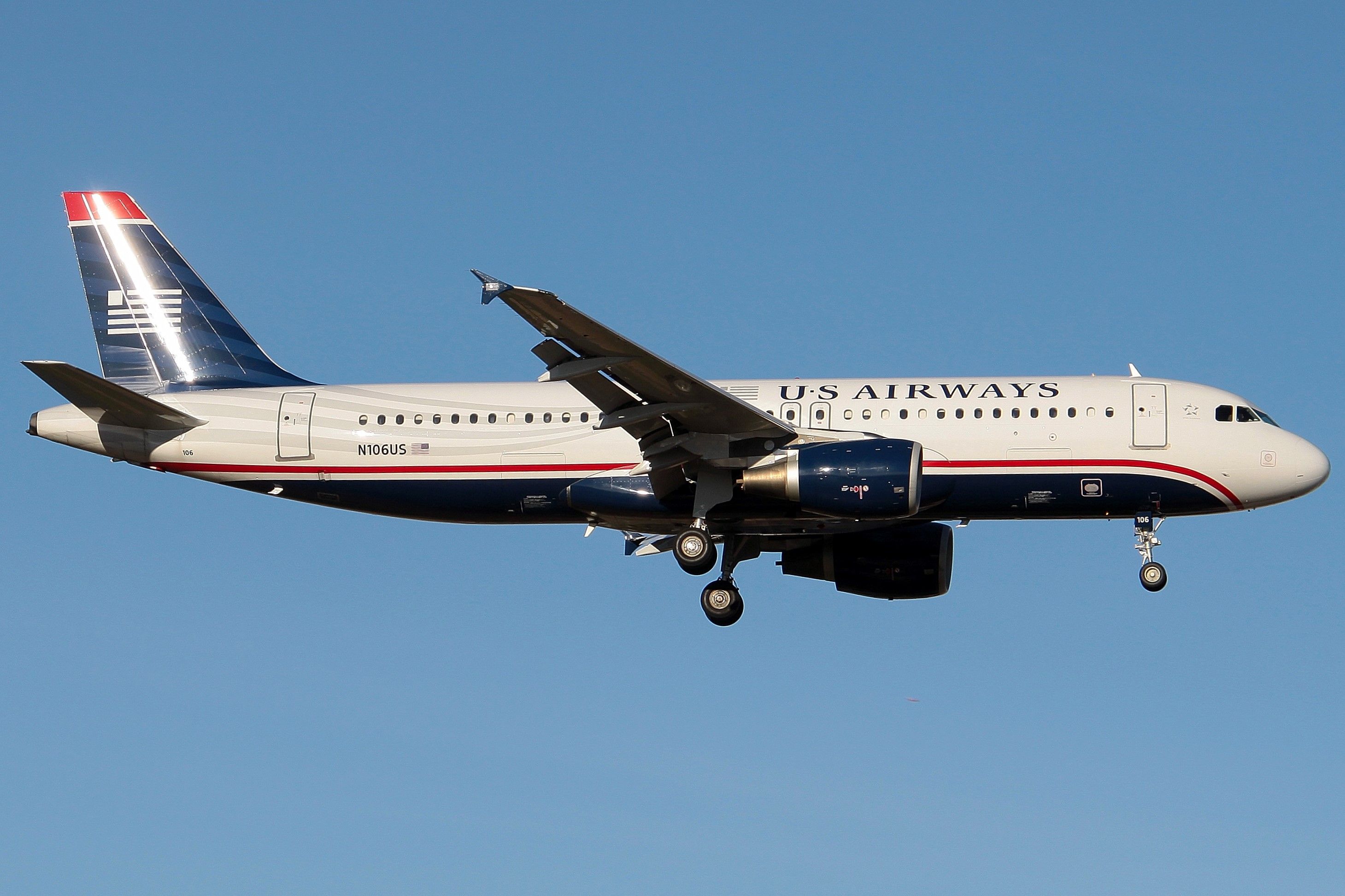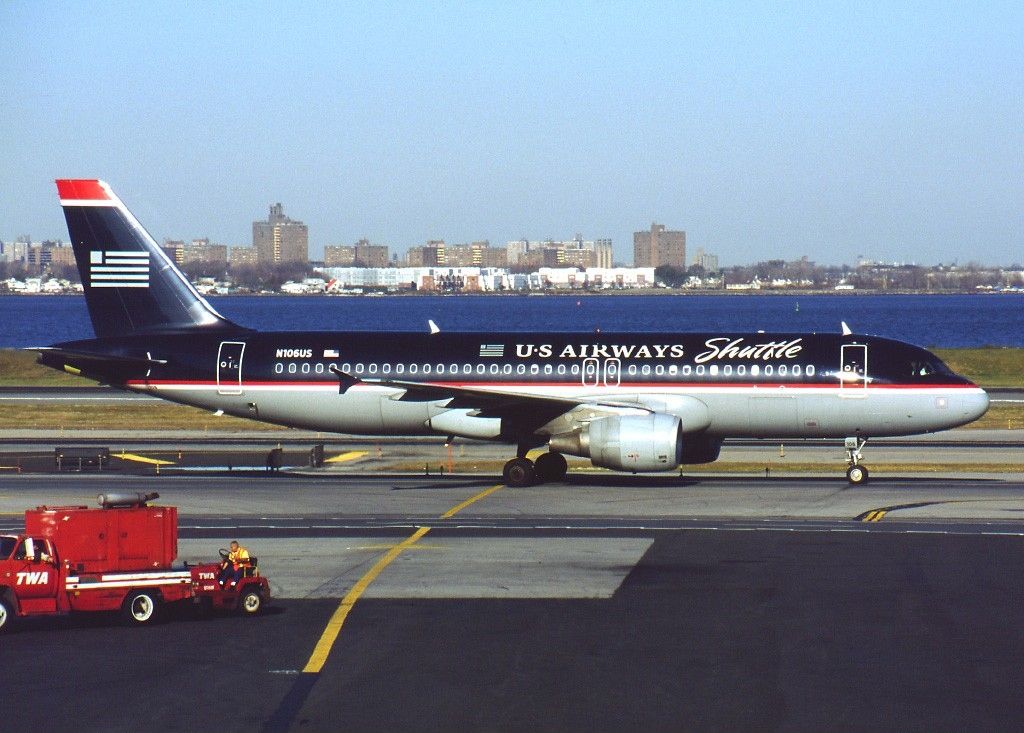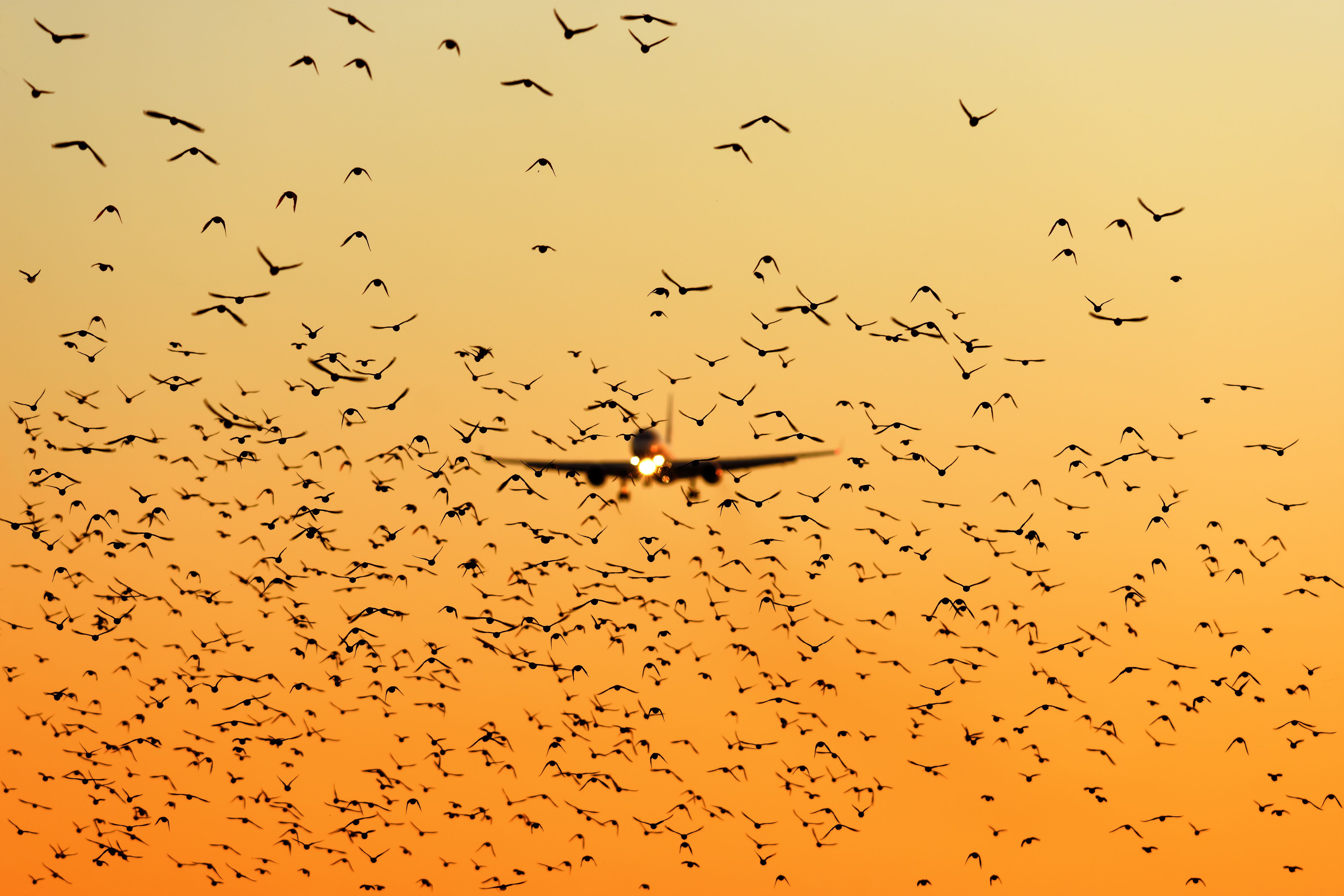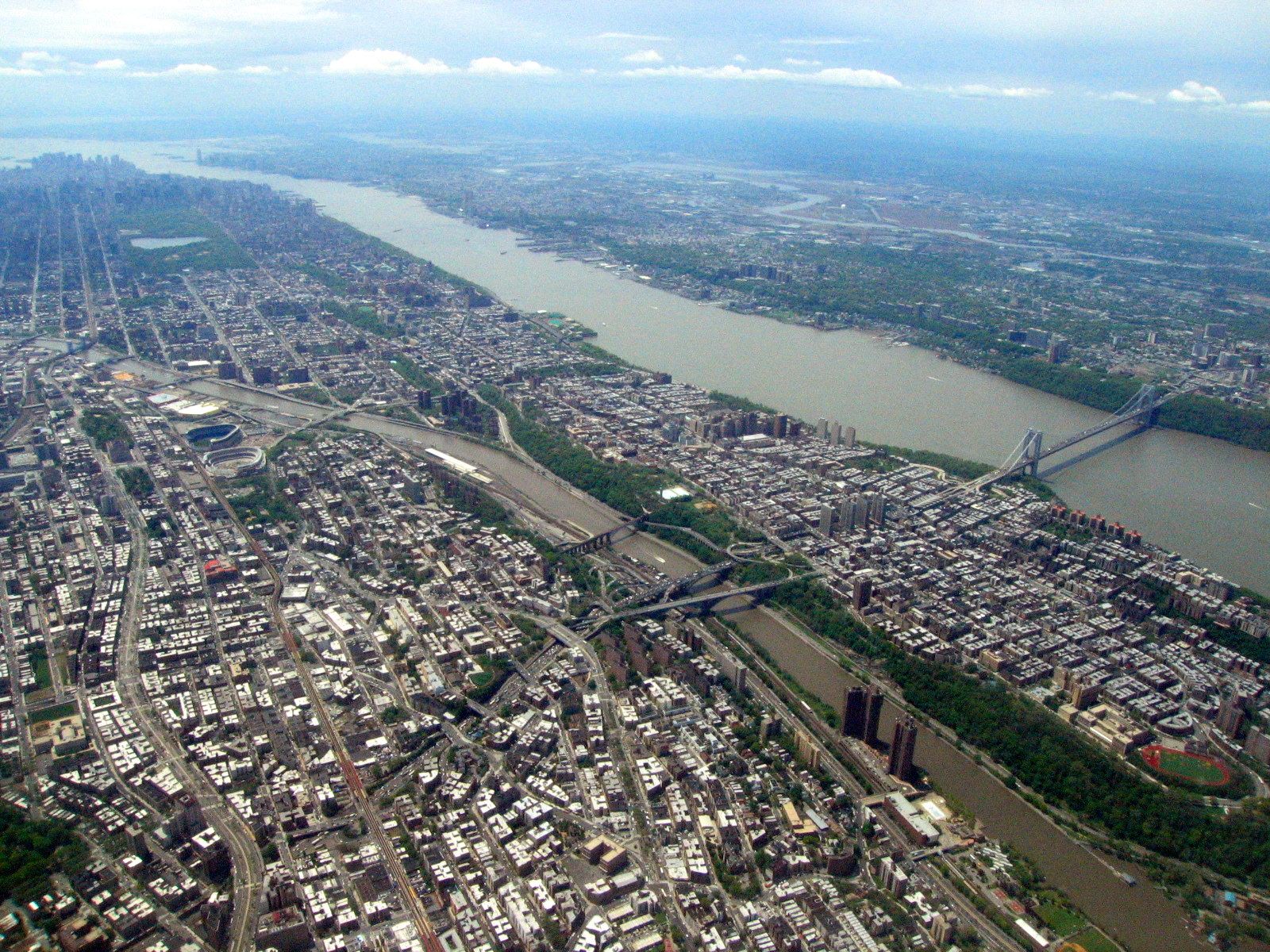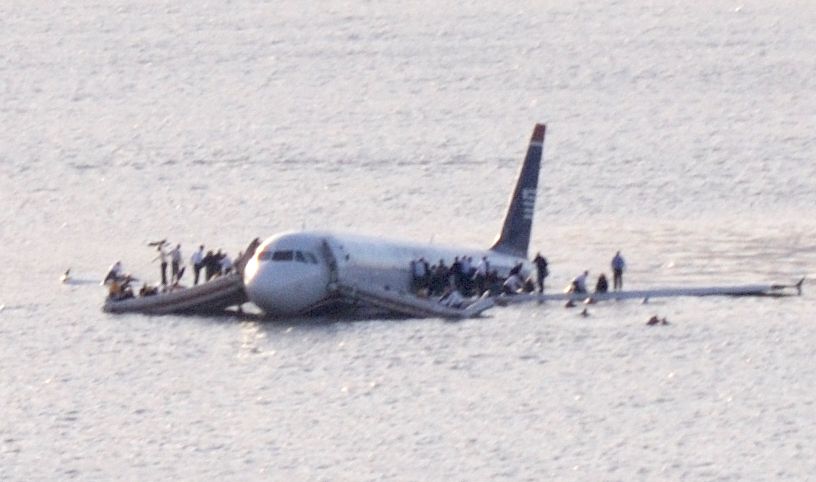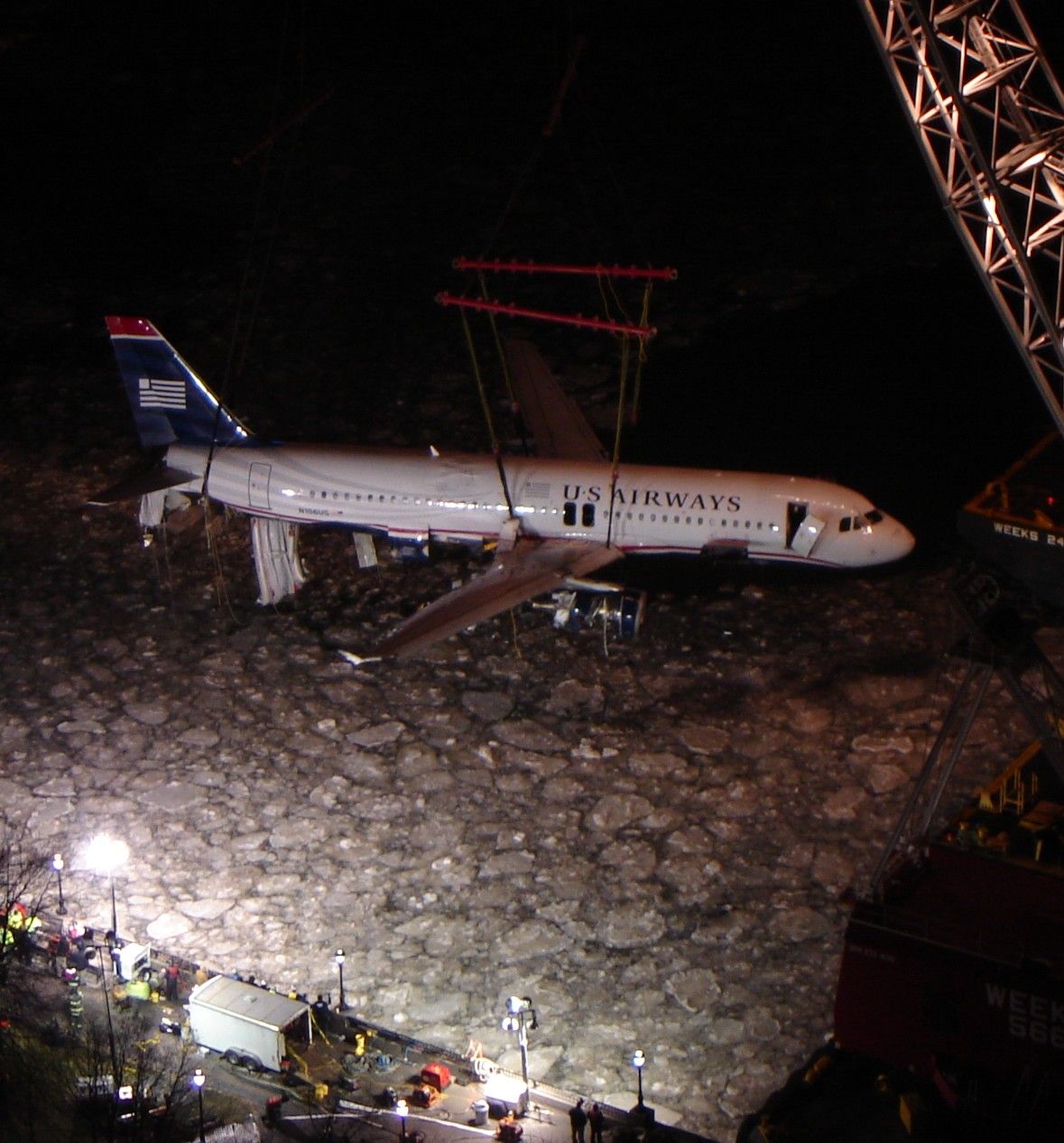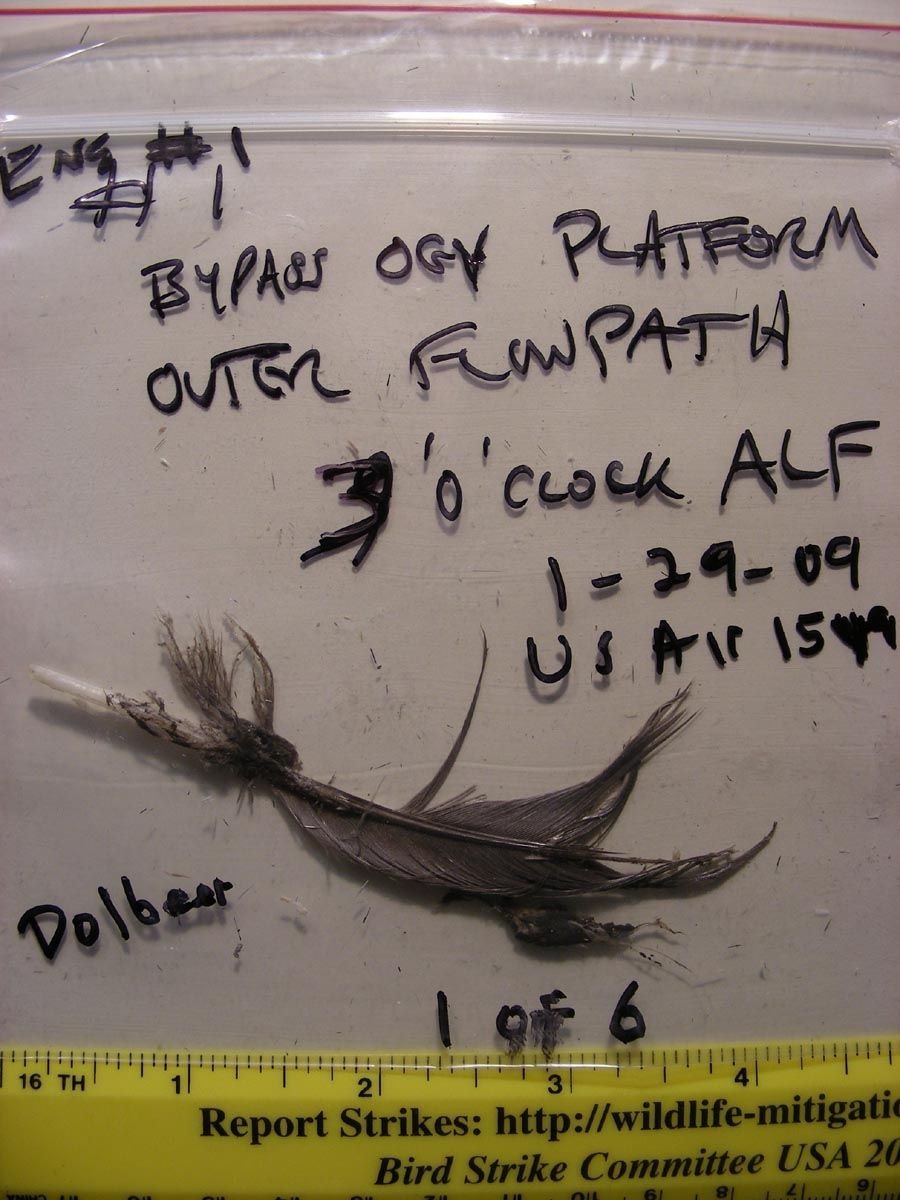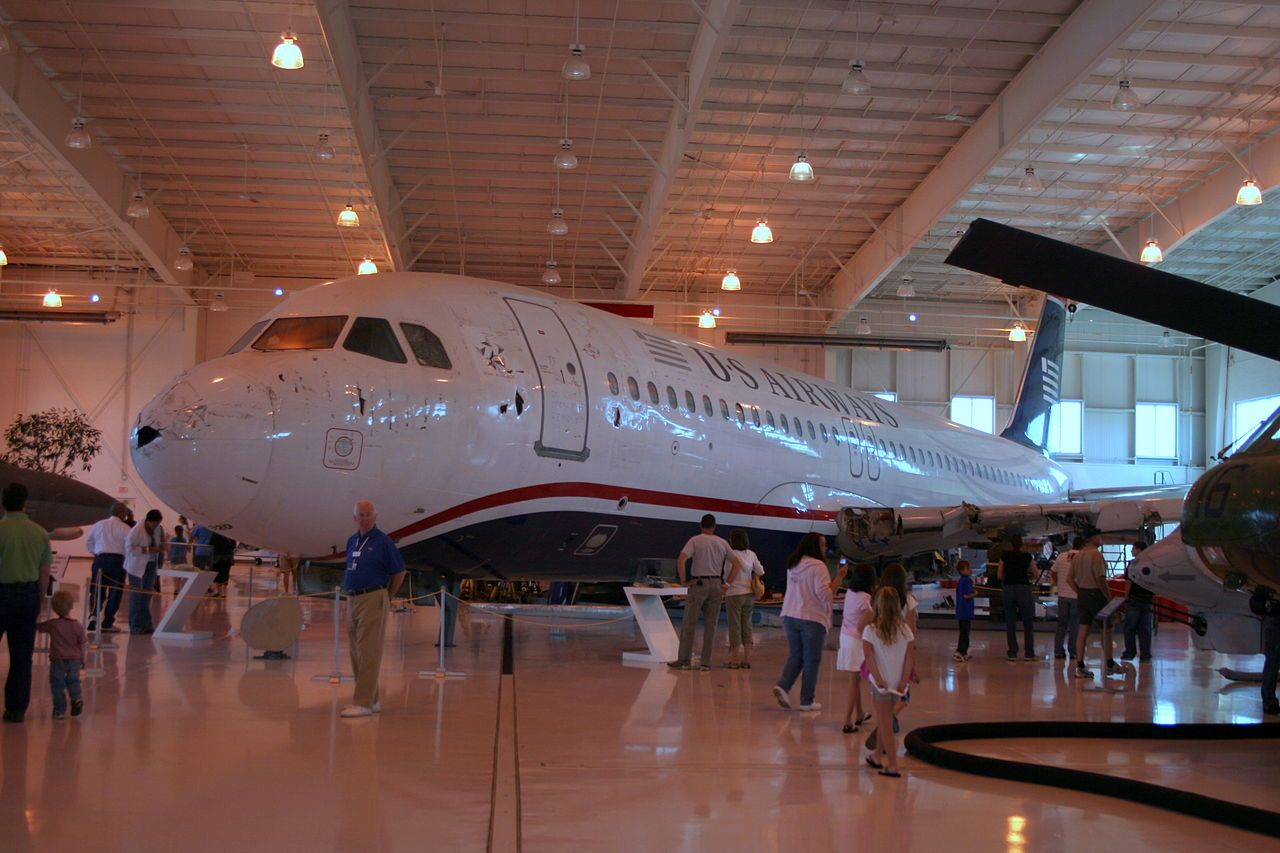Summary
- On January 15th, 2009, US Airways Flight 1549 crash-landed on the Hudson River after hitting a flock of birds during takeoff.
- The skilled response of Captain Chesley Sullenberger and First Officer Jeffrey Skiles resulted in all 150 passengers and five crew members surviving the crash.
- The investigation following the crash led to recommendations for safety improvements, including changes to bird strike testing, implementation of technologies to reduce bird strikes, and improved pilot training for dual engine failure and ditching.
January 15th, 2009, was the day that a US Airways Airbus A320 aircraft landed on the Hudson River. Of course, this was a crash landing, but thanks to the pilots' skills and response, all 150 passengers and five crew survived. This article looks at the events that day and what has happened since.
US Airways 1549
US Airways 1549 (or to use its callsign, Cactus 1549) was scheduled from La Guardia, New York City to Charlotte, North Carolina on the afternoon of January 15th, 2009.
The flight was operated by an Airbus A320 (registration N106US), powered by two General Electric CFM56 engines. This was delivered new to US Airways in August 1999. In charge of the flights was Captain Chesley Sullenberger – affectionately known as Sully - with first officer Jeffrey Skiles.
Get all the latest aviation news for North America here
Both these men had vast amounts of flying experience. Chelsey Sullenberger is a former military pilot with total flying hours of almost 20,000 at the time of the accident, including 4,756 hours on the A320. Jeffrey Skiles had only 37 hours on the A320 as a newly transferred pilot to the type but over 20,000 flying hours in total.
What happened after take-off?
The pre-flight and initial take-off run was normal. Early in the climb, the aircraft hit a flock of birds (Canada geese). This was so significant that it obscured the pilots' windscreen view. Impact was at a height of just under 3,000 feet and a distance of around 4.5 miles from the airport.
Almost immediately, both engines shut down, but the aircraft continued climbing for a further 19 seconds, then entered a glide descent as the pilots responded. Captain Sullenberger took control of the aircraft and started the APU (Skiles had flown the take-off), whilst Skiles attempted to restart the engines. Sullenberger made a mayday call 22 seconds after the strike, calmly reporting:
"This is Cactus 1539, hit birds. We've lost thrust on both engines. We're turning back towards LaGuardia."
Sullenberger initially requested to return to La Guardia. The pilots soon realized this was not possible and requested landing options at Teterboro airport, New Jersey. They were cleared for an approach to runway 1 but quickly responded that they also could not make that and would end up in the Hudson.
You can get a much better idea of what happened to the flight and how the pilots responded by listening to the Air Traffic Control recording (or watching the movie 'Sully'). The radio audio was released following the investigation and demonstrates the professionalism of the controllers and aircrew. The following clip contains the released audio, along with images from CCTV showing the approach and landing:
Landing on the Hudson
After passing over the George Washington Bridge at just 900 feet, the aircraft ditched in the Hudson at 3:31 pm. The flight had lasted around five minutes.
Such an unpowered water landing is, of course, extremely dangerous, and the success of this justifies the much-used phrase of "miracle on the Hudson." There are procedures for water landings, or ditching, from manufacturers and regulators, but in practice, these are rare occurrences.
The aircraft landed in the North River section of the Hudson, roughly in line with West 50th Street on the New York side.
Passengers were evacuated onto the wings and the emergency slides. The evacuation was hampered by water entering the fuselage (caused by an open door at the rear of the cabin, as well as fuselage damage from landing). But it was greatly assisted by the aircraft equipment. By chance, the aircraft was equipped for extended over-water use, meaning there was full life vest provision, and the exit slides could detach to be used as rafts.
There were several boats close to the ditching side which headed straight out to assist. Two NY Waterway ferries were the first to arrive and immediately started taking passengers onboard. Others, including the Coast Guard, were close behind, and emergency services assembled on the shore. All passengers were removed from the plane and water 24 minutes after the ditching.
The crash aftermath and investigation
Following the crash, there was, of course, a full National Transportation Safety Board (NTSB) investigation. This looked at all piloting and technical aspects of the incident and ditching and made several recommendations for improvements. Ultimately it was determined that the probable cause was "the ingestion of large birds into each engine, which resulted in an almost total loss of thrust in both engines."
Some of the most significant investigations and conclusions from a piloting point of view include the following. You can read the full report here).
- There were extensive flight simulator re-enactments of the flight. These focussed on the possibility of returning to La Guardia or diverting to Teterboro. An important issue here was pilot reaction and consideration time. Simulations with an immediate turn to an airport were partly successful, but not so when a reaction delay was added. The investigation concluded that Sullenberger's decision was correct.
- Starting the APU early proved vital in the later stages of the ditching, as it maintained power for all systems. Sullengerber did this immediately, whereas it was a later task in the checklist for dual engine failure.
- Selecting 'flaps 2' instead of 'flaps 3' was also discussed and tested. This reduced drag and allowed for a better nose attitude on hitting the water.
Want answers to more key questions in aviation? Check out the rest of our guides here.
Ultimately several factors came together to make the ditching successful or 'miraculous.' As well as fast and appropriate action by the pilots, good weather and clear visibility on the day, an aircraft equipped for a water landing, fast reactions from the cabin crew, and the landing close to boats able to respond all contributed.
For an interesting alternative view of the situation from a cabin crew point of view, take a look at this article about the performance and effect on the US Airways cabin crew.
Safety lessons learned
As is usual following such incidents, the investigation made recommendations for further safety improvements. The NTSB report made 34 such recommendations. These included (again, see the report for all recommendations):
- Changes to bird strike testing and engine certification. Crucial here was the large size of the birds and the low speed. The investigation found that at least two birds had been ingested into each engine, and their size had caused enough damage to prevent re-start.
- Further work to develop and implement technologies on aircraft to reduce the chances of a bird strike.
- Introducing a checklist for dual engine failure at low altitude. The checklist for dual engine failure was designed for high altitudes, where the crew would have more time.
- Amending checklists to reflect the need to disable the ground proximity warning system on Airbus aircraft. This was left enabled in the ditching, so ground alerts overrode other alerts, such as low-speed warnings.
- Changes to onboard safety equipment. This included the recommendation that all aircraft carry life vests and ensure adequate briefing on use regardless of route
- Improvement in pilot training for a dual engine failure after takeoff and ditching without power.
What happened to the aircraft
Unusually for an aircraft involved in a crash, the airframe has been preserved. After many accidents, the aircraft is often badly damaged with limited future for the airframe after the investigation. Following the investigation conclusion, it was put up for auction but was not purchased.
Stay informed: Sign up for our daily and weekly aviation news digests.
Eventually, in June 2011, it was donated to the Carolinas Aviation Museum by the American International Group (AIG). The museum is currently undergoing extensive renovation and expansion and is set to be renamed in honor of Captain Sully.
Sully went on to become an influential force in aviation safety. He became the US ambassador to the International Civil Aviation Organization (ICAO) in late 2021 but announced that he would step after just six months at his post. The aviator remains committed to safety in the industry, continuing to raise his concerns on pressing matters.
The water landing of US1549 remains one of the most incredible aviation stories in recent times. There is plenty more to say about what happened, the crew's actions, and the follow-up investigation. Feel free to discuss this further in the comments section.

